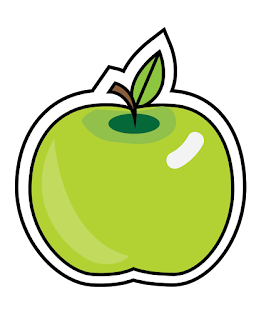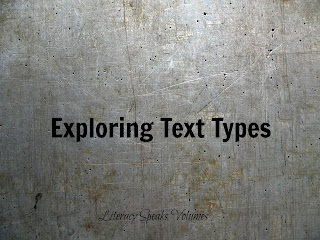Literacy Speaks Volumes: How Do Writers Communicate?

Literacy Speaks Volumes: How Do Writers Communicate? : Powerful communicators know that planning is the key to good writing. Planning helps writers develop their ideas and then communicate t... This is a post from a year ago, and the message is still valid now on the eve of a new year. This is a photo of me and my now twenty year old taken many years ago on New Year's Eve. As a writer, I prefer to communicate in writing. While I have good speaking skills, I'm not a quick thinker. My husband can come up with some zingers in the blink of an eye, but I have to think on something before I can come up with something clever to say. Even then, cleverness usually eludes me. I took this photo many years ago in the spring for a garden photo contest. I did not win. Writing is my hobby as well as a way to make some extra income. When I am not writing, I am thinking about writing. I'm fortunate that my day job is teaching writing to middle schoolers. Commu...











